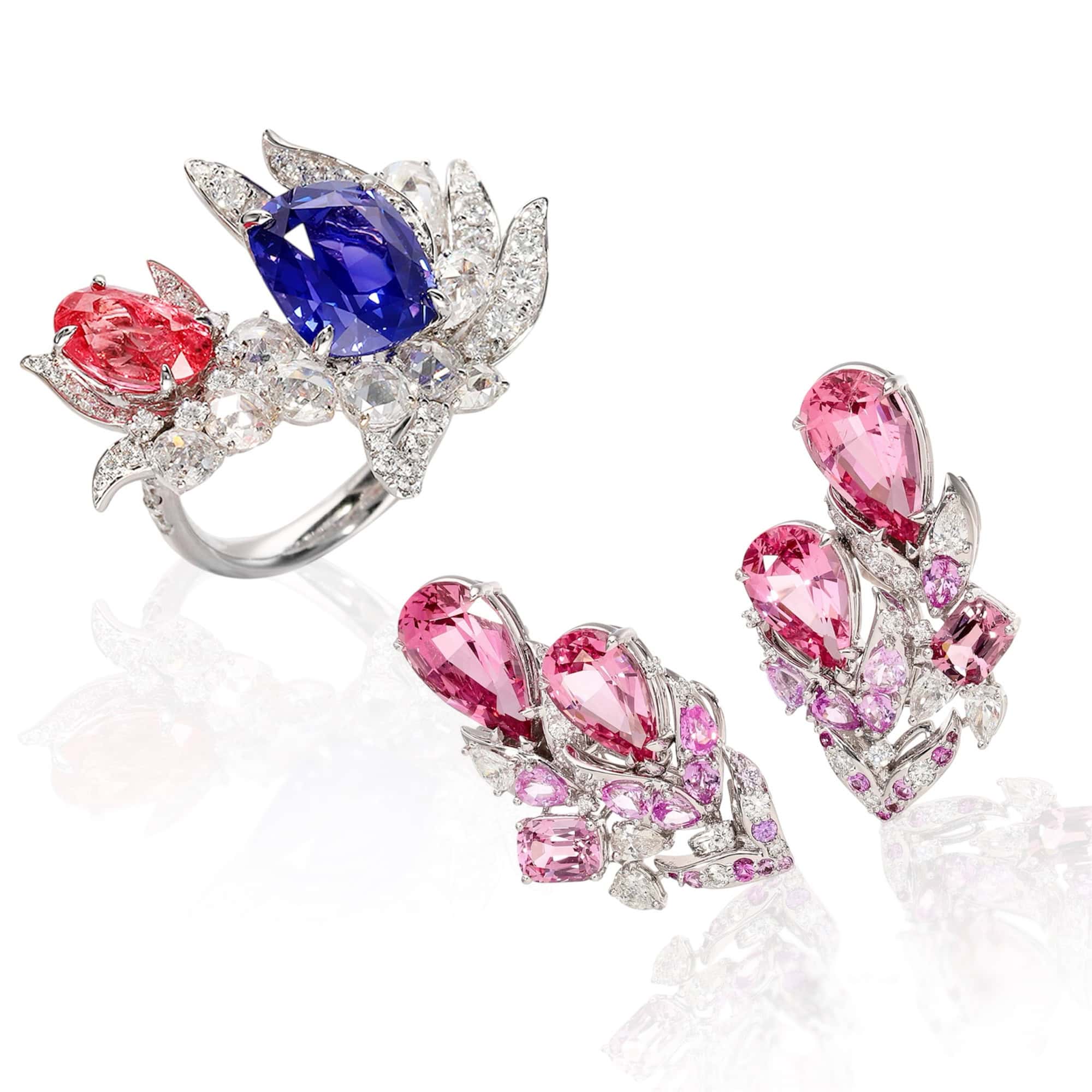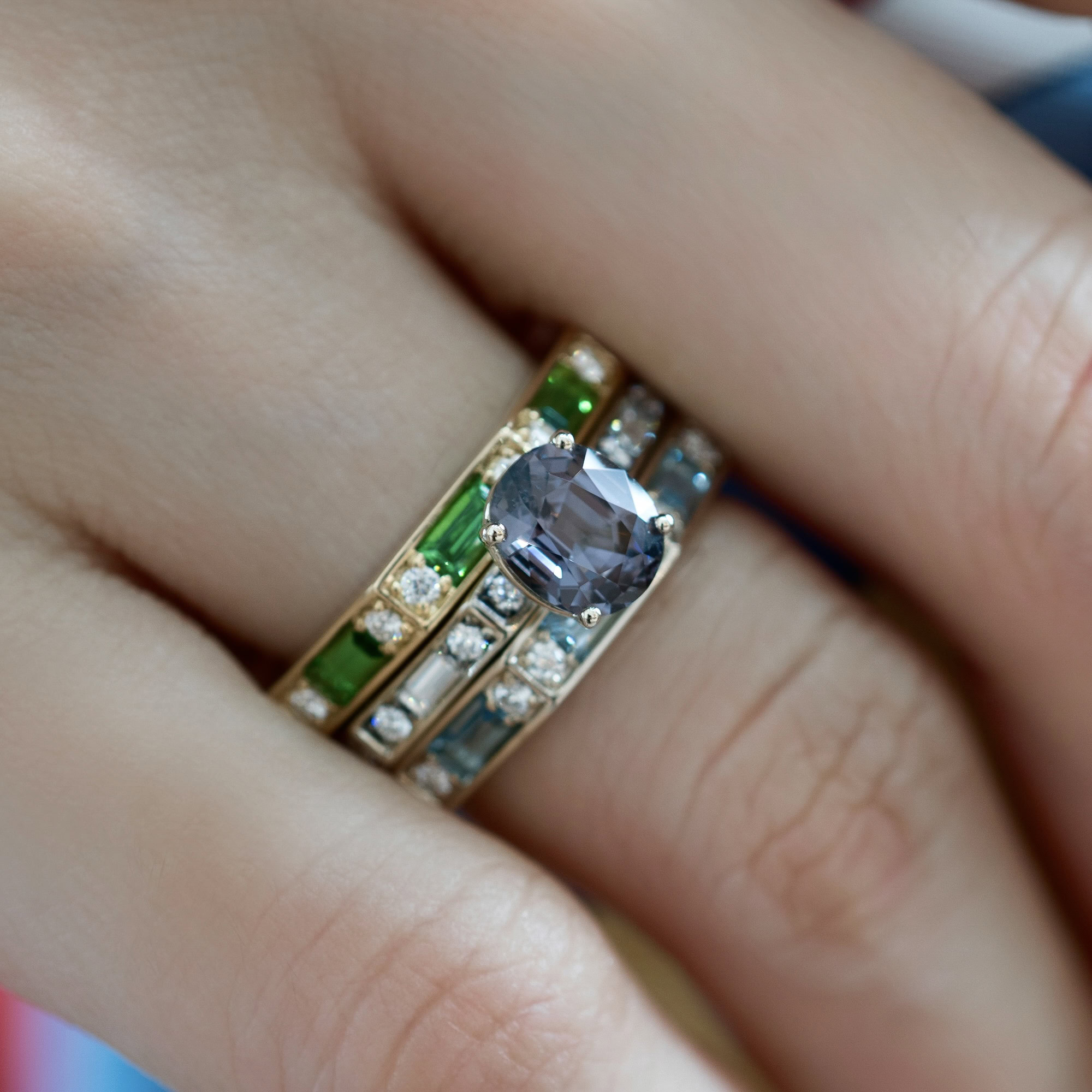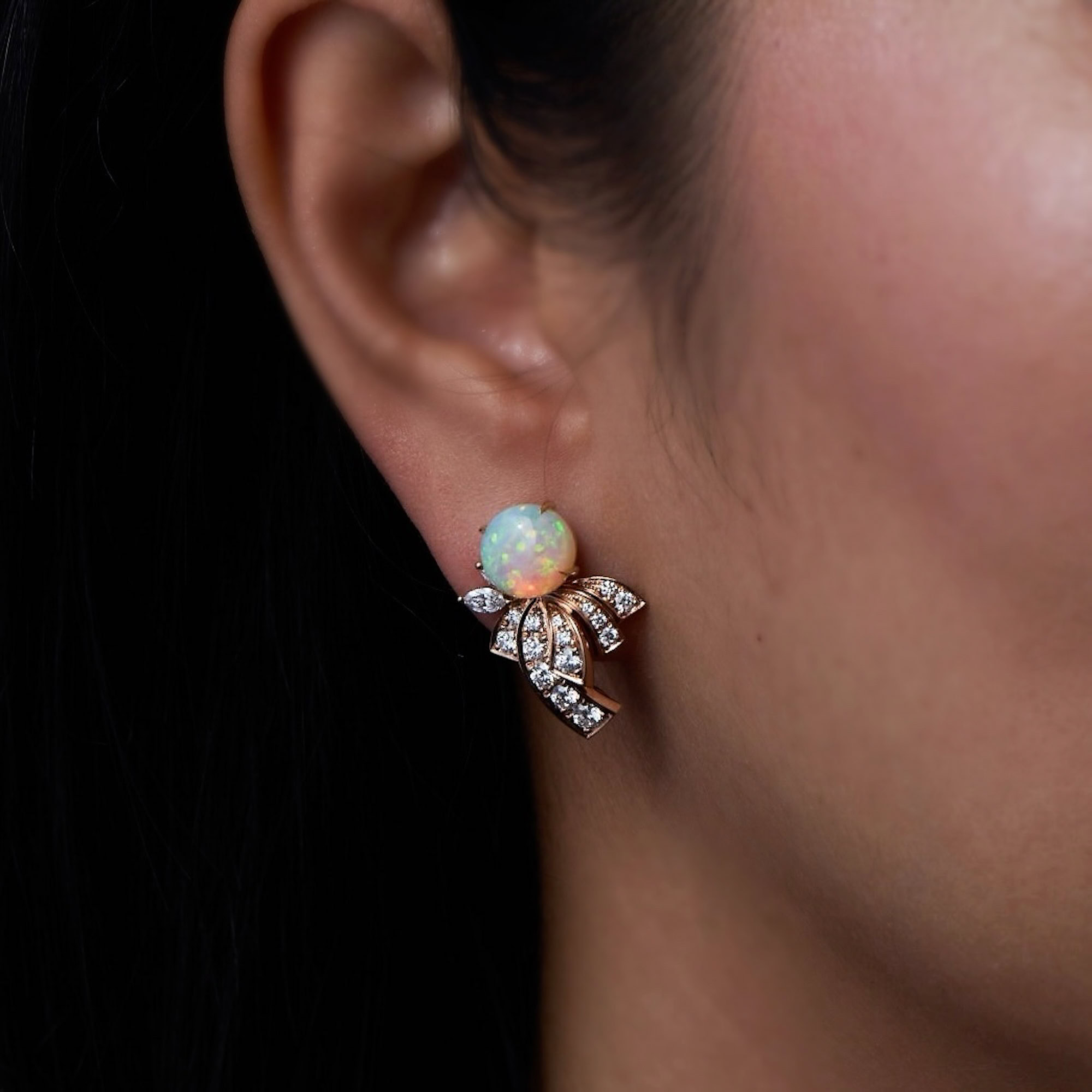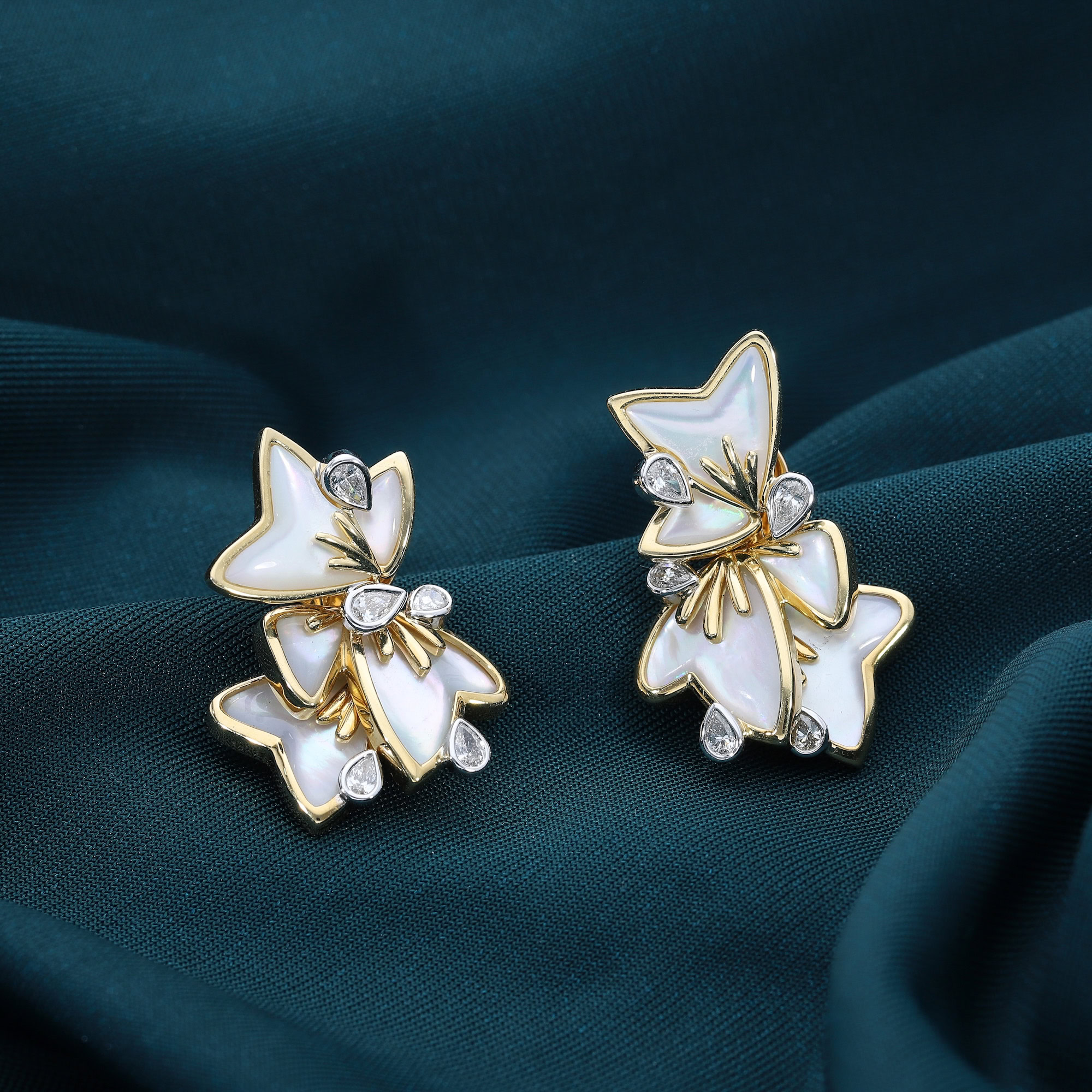Two of the most coveted gemstones of modern times. How do I choose between sapphires and spinels? Each has its own illustrious history, which has captivated collectors all over the world. While both are celebrated for their beauty and brilliance, they possess distinct characteristics that set them apart.
As we expose the essence of these two gemstones, we invite you to explore the nuances that distinguish them. The forthcoming comparison will not only illuminate their individual qualities but also the subtle interplay of factors that influence their desirability and value in the world of high-end jewellery! First, let us run you through the benefits of each one individually:
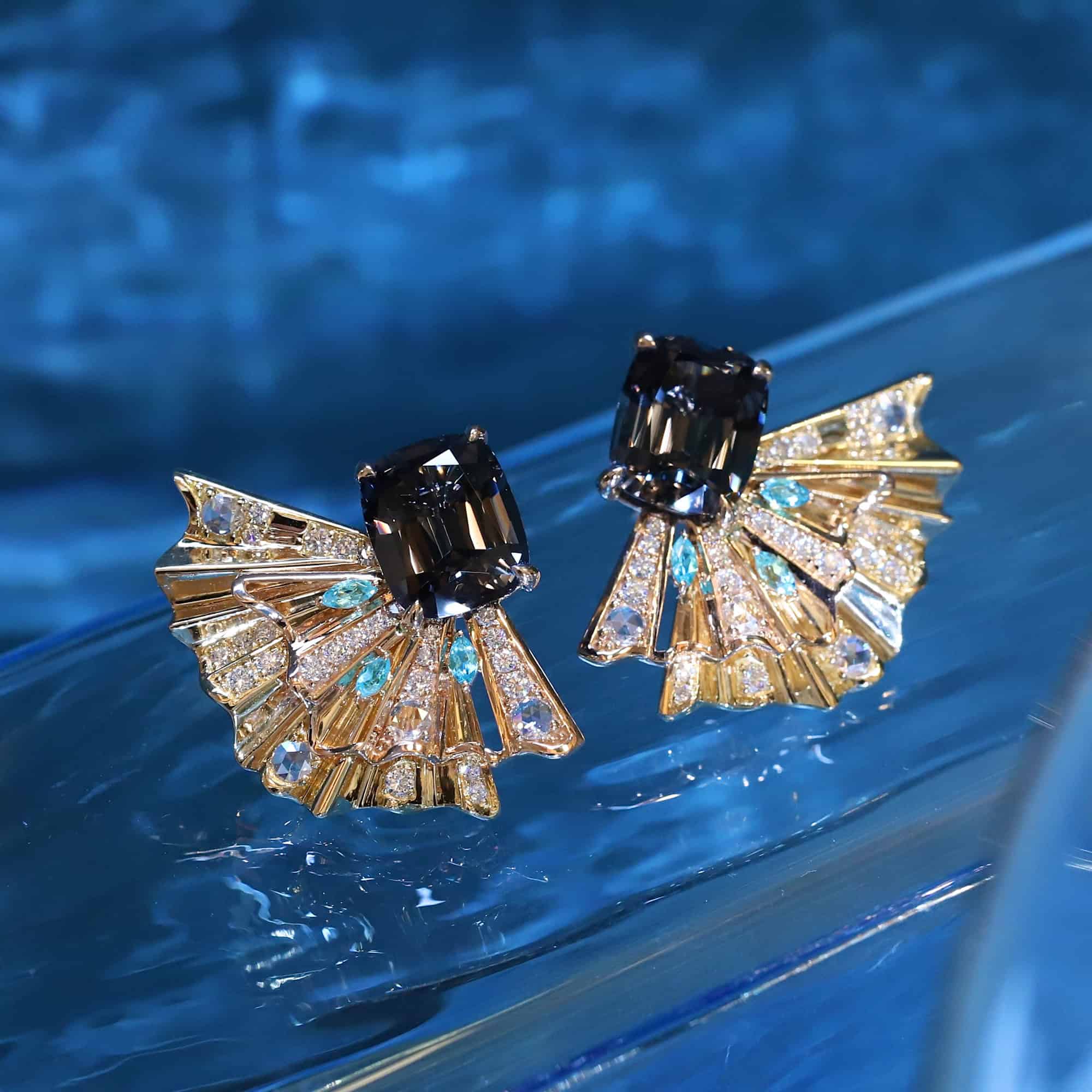
The Wonder of Spinels
Spinels are unarguably a highly coveted gemstone species as of current times, and the reasons are aplenty. While they were once overlooked, this is certainly no longer the case; word about their many attributes is certainly out. At last, one may say the spinel has emerged from the shadows of obscurity to claim its rightful place in the spotlight! This mineral has a lengthy history. It’s been long-mined in Myanmar, Vietnam, Sri Lanka, and Thailand, gathering a lawful cult following of sorts and even making a number of apparitions in esteemed crown jewels! Centuries ago, rulers of lands in Europe and Asia would have their names engraved on the most important gems in their collections. Thankfully, many of those have survived uncut to this date, and so their rich history has been passed on. In the Middle Ages, spinels were commonly mistaken for and used in place of rubies in crown jewels. Their singly refractive, flaming-vivid reds are striking enough to rival Rubies’s supremacy!
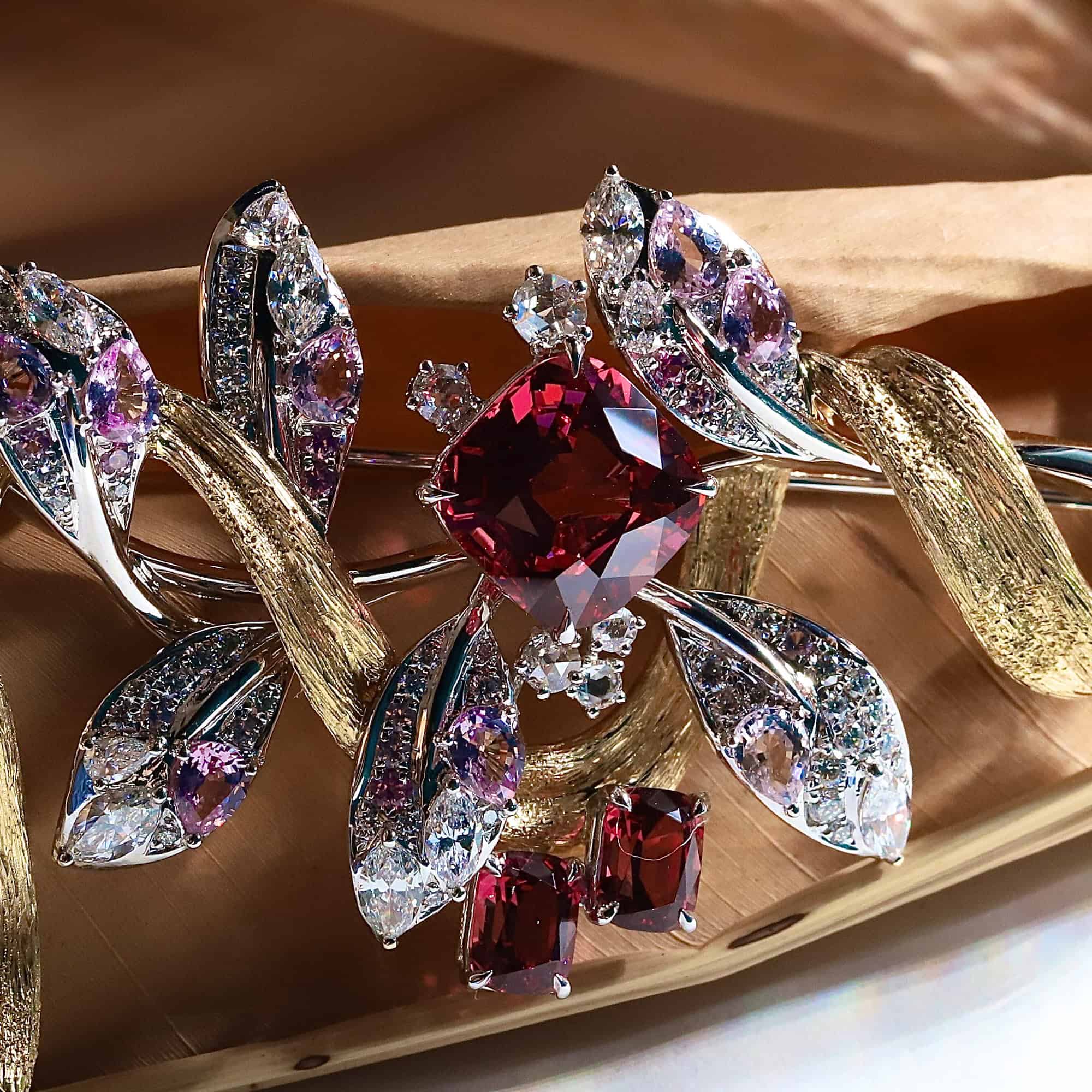
But while their red variants are indeed nothing short of splendid, they may be found in a myriad of wonderful shades, from fiery crimsons to the deepest blues, vibrant pinks, and even the rarest of greys and blacks. This diversity in colour, attributed to varying metallic impurities, is one of their crowning glories!
But then, we should also mention their “brilliance.” If you do happen to already be in possession of a spine, try playing it under a light. Granted, you will be dazzled! The immense brilliance you should be able to witness then is actually a reflection of the light off of its surface; the measure of quality and intensity of such is what we refer to as “lustre.”
This is a gemstone with incredible acceptance of high polishing: The lustre it displays in this form is something to hold your breath for, only surpassed by zircon and diamond! Beyond beauty, the spinel boasts a robustness that endears it to those seeking both elegance and endurance. With a hardness of 8 on the Mohs scale, it resists scratches and breakage, embodying the perfect marriage of durability and grace. This resilience makes the spinel an ideal companion for everyday wear, promising longevity that could span generations.
At last, their recent surge in popularity can be partially attributed to their designation as a birthstone for August by the “Jewellers of America” in 2016. This accolade has propelled the gemstone into the limelight, expanding its audience and solidifying its status within the gemstone community. If they were once overlooked, that is surely no longer the case. All in all, Spinel’s popularity has been on constant growth, which is only fitting. Their (current) relative affordability and impressive colours make them a highly versatile and durable choice! But after all these facts, the big question remains. Spinels have proven themselves to be an amazing choice, but how do Sapphires compare?
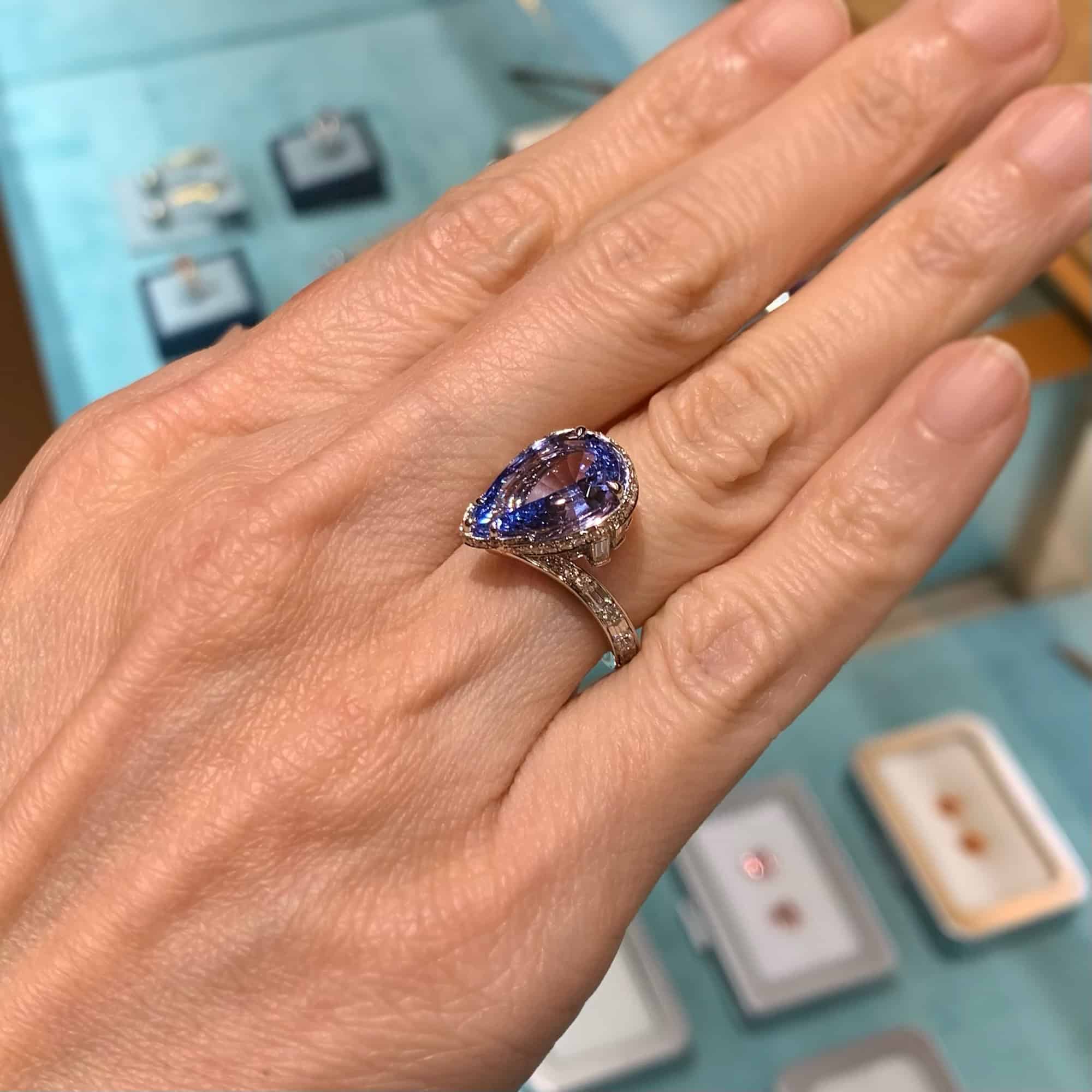
Gemstone Royalty: The Unparalleled Sapphire
Symbols of loyalty, nobility, sincerity, and integrity, the unparalleled Sapphires are owners of regal status. Some even say they attract loyalty and honesty, two essential virtues for a successful union. Might this be a contributing factor to their popular use in engagement rings?
Well, history also plays a role. Ever majestic, the iconic Blue Sapphire is regal in every possible way. Quite literally fit for royalty —both Princess Diana and Kate chose them over traditional diamonds for their own engagement rings! Our minds tend to immediately associate them with majestic ocean-coloured shades. Sapphire’s emblematic blues range from the sought-after ‘royal blue’, from medium-deep blue to strongdark blue with no heat treatment.
But the fact is, their family includes a wide array of hues. Take your pick from yellows and oranges to pink and purple and the royal-looking Padparadscha, a very rare and celebrated pinkish-orange variety. And have you heard of “teal sapphires” yet? Much in vogue lately, they have fallen into grace for their romantic blend of deep ocean blue and luscious green colours, which signify the infinity of the sea and the sky!
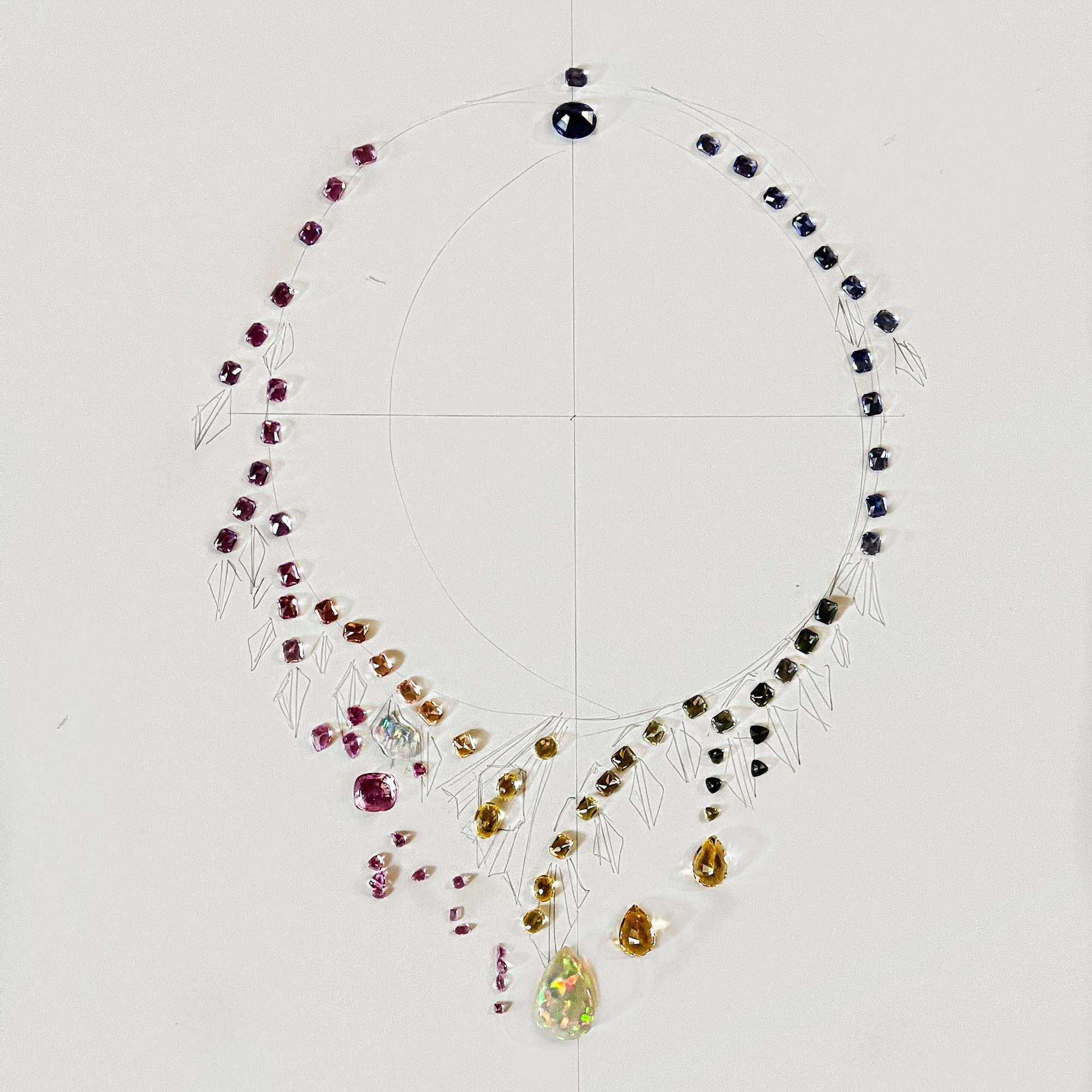
One more perk? Sapphires also have a unique colour-change feature! Typically, this manifests as a shift from a serene blue when bathed in fluorescent white light to a regal purple under the warm glow of incandescent yellow light. Some sapphires present a more pronounced transformation, altering from a subtle greyish or greenish-blue to a rich brownish-red hue.
This phenomenon is not just a visual delight; it also contributes to the gemstone’s value, with the degree of colour change directly correlating to its rarity and worth. The dynamic nature of this colour transition lends the gem an enchanting quality as it adapts and evolves with the shifting lights of its environment—a captivating dance of hues that enhances its beauty.
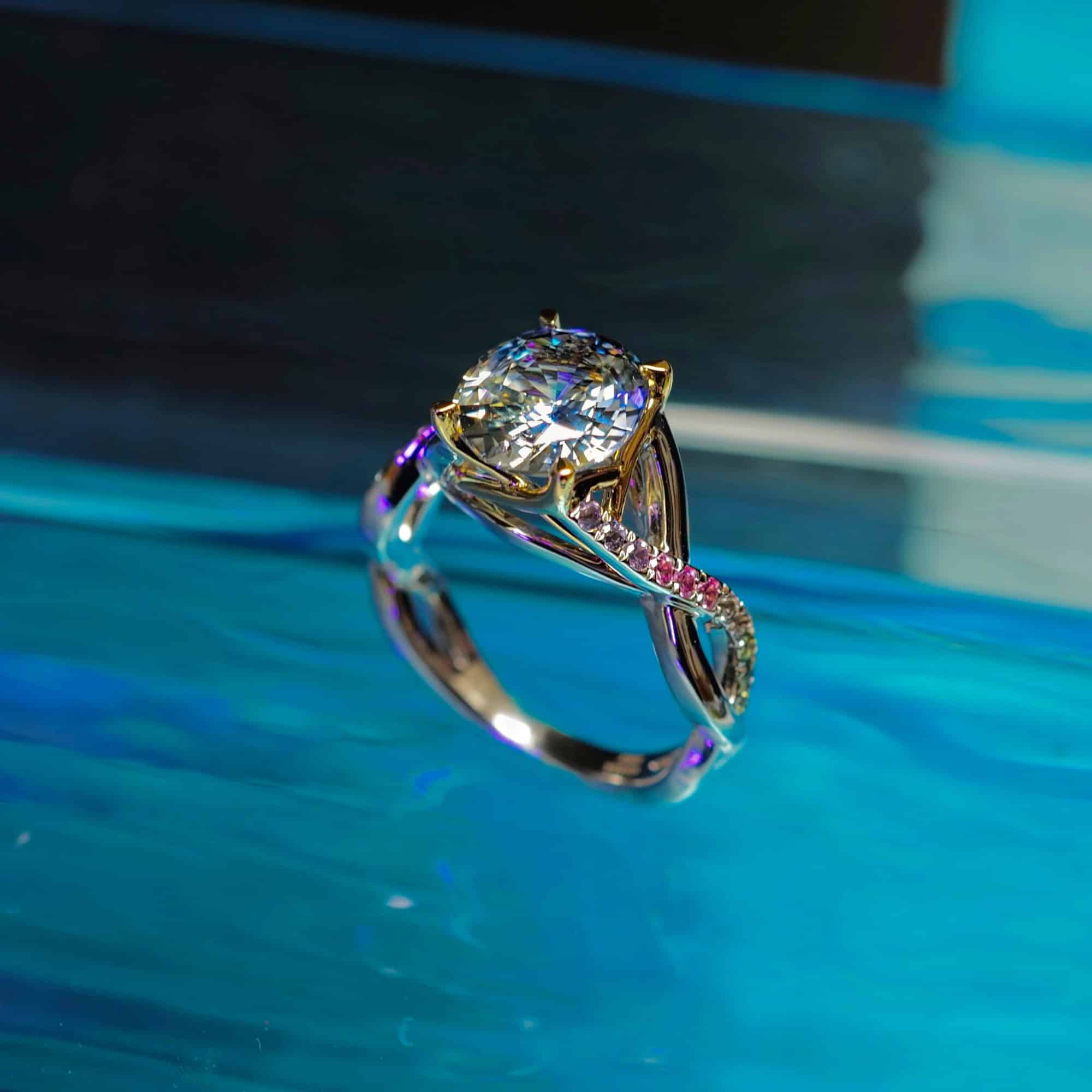
Besides alluring colours and beautiful saturation, sapphires are incredibly durable and wildly coveted for their hardness and luster. They are admittedly one of our favourite gemstones here at Calla Lily. They rank 9 on the Moh’s scale of gemstone hardness. This makes them more resistant to scratches and good for daily-wear jewellery pieces such as rings and earrings. For reference, only diamonds rank higher, with a score of 10 out of 10! Worth-wise, we may say that sapphires are usually less expensive than diamonds. Colour, clarity, cut, carat weight, and heat treatment can all affect the price of a stone.
Spinel or Sapphire? Which one should I choose?
Now that you have a better understanding of each stone’s particularities, let’s draw a more accurate comparison between the two. For various reasons, both gemstones are highly coveted. Side by side, they may look very similar, but, geologically speaking, they show distinct differences to consider.
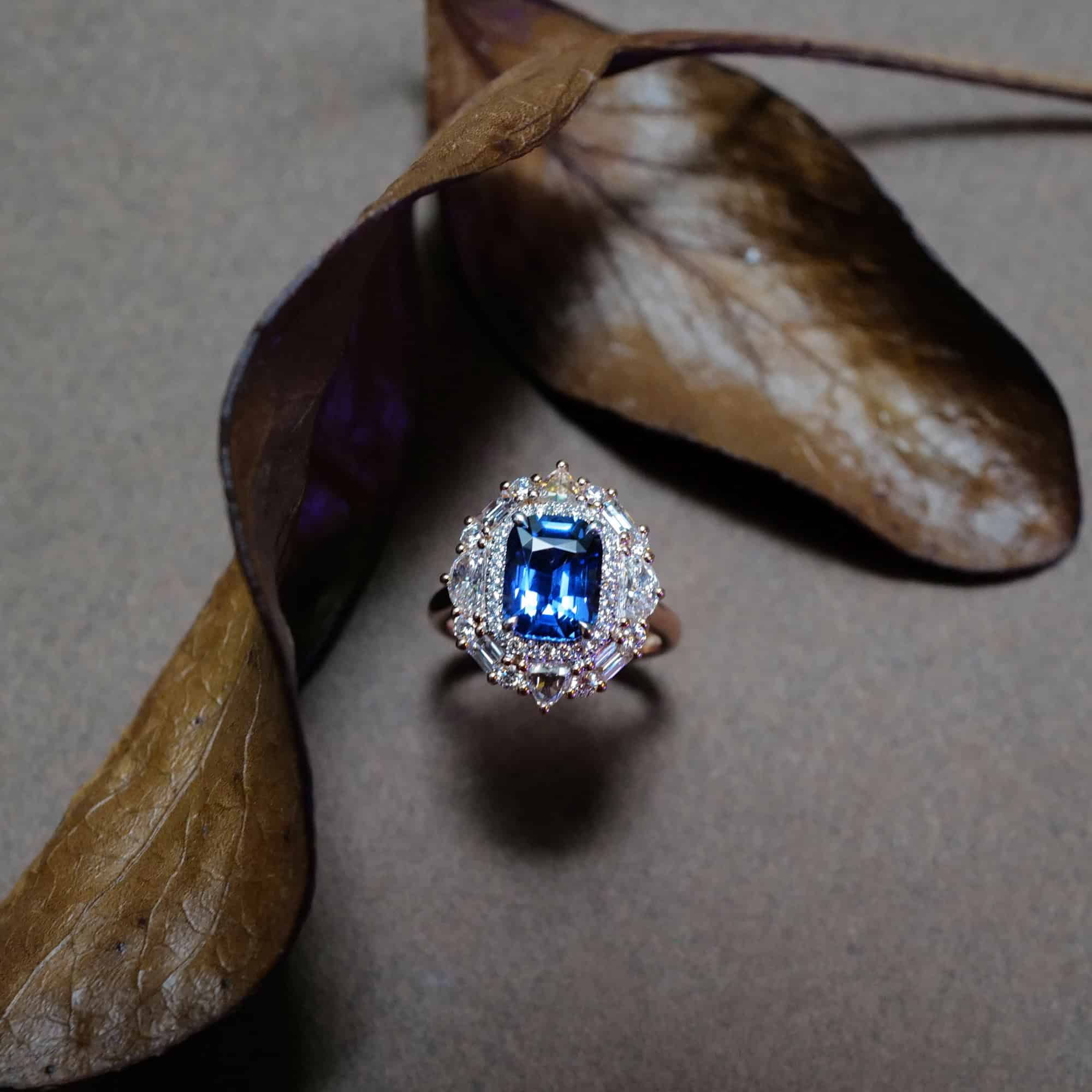
Here are some of their key differentiating factors:
Durability: When considering the resilience and longevity of gemstones, sapphires and spinels both stand out for their hardness. Sapphires come out on the winning side, boasting an impressive score of 9 on the Mohs scale of mineral hardness, positioning them just below diamonds in terms of their ability to resist scratches. But spinels do not get far behind and are still recommended for everyday wear.
Colour: Sapphires are traditionally associated with a deep, celestial blue, but their palette extends to sunny yellows, delicate pinks, lovely lavender, fashionable teal, and the rare orange-pink hues known as “padparadscha.” They may even be “colour-changing”!
Spinels, on the other hand, offer a rainbow of options, from the sought-after reds and hot pinks to the striking blues, vibrant oranges, and purples. Their colour range is equally impressive, with the added allure of rarities such as intense blues, steely greys, and even pure blacks. The chromium and cobalt within spinels are responsible for their rich colours, which can rival the intensity and lustre of sapphires. Both gemstones boast an impressive array of colours, yet each maintains its own distinctive appeal.
Sapphires exude a classic elegance with their rich saturation and depth, while spinels offer a fresh vibrancy with their bright, lively tones.
Treatment: Sapphires commonly undergo heat enhancement to enhance their colour, along with diffusion processes that enrich their surface tones, creating a more uniform and vibrant appearance.
Conversely, spinels are prized for their untouched beauty, seldom receiving treatments for colour or clarity. This natural purity is cherished by collectors, who value the rarity of such gems. The minimal intervention in spinels not only underscores their innate beauty but also appeals to those who seek untreated gemstones!
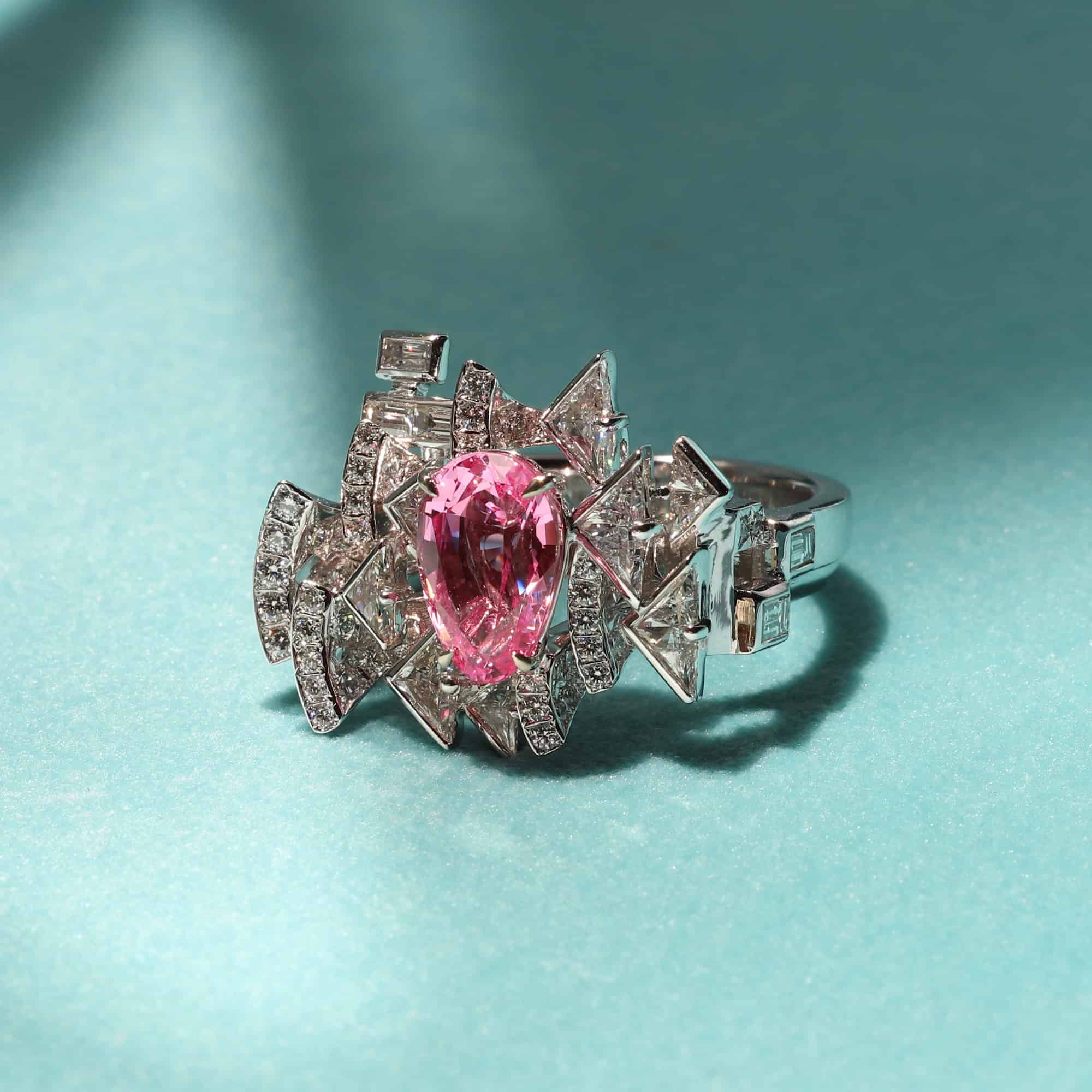
Conclusion
While sapphires are the epitome of traditional elegance, spinels are the hidden gems of the jewellery world, perfect for connoisseurs looking to make a distinctive statement. Both stones cater to different tastes and purposes, but each holds its own as a symbol of sophistication and desirability.
Sapphires, with their renowned durability and classic beauty, are ideal for statement pieces that endure through time, making them a favoured choice for heirlooms and investment jewellery. Spinels, with their natural rarity and beauty, offer a unique charm for those seeking a touch of exclusivity.
In Calla Lily’s atelier, we proudly craft fine jewellery made out of both Spinels and Sapphires in all colours and sizes. These beautiful gemstones are staples in our designs for good reason! We invite you to schedule a visit and discover our ever-growing sparkly collection!

